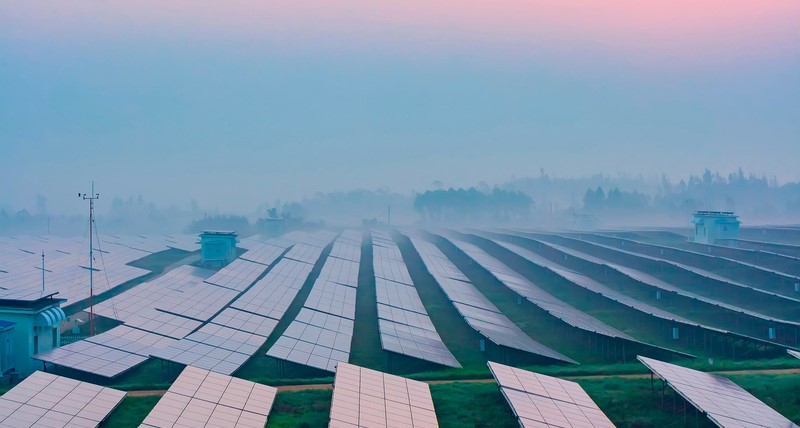We at Lufft deliver all measurement instruments with a factory certificate. It confirms the accuracy of each sensor output value. Factory certificates can be issued in different ways, which, in turn, can be interpret and constituted in different ways. That’s why the following blog post explains how the Lufft calibration technicians create factory certificates…

Foto-Quelle: industrieblick, Fotolia
Lufft measurement devices are delivered with an attached factory certificate. It verifies the accuracy of each sensor output parameter at defined reference measurement points within a certain specification range. Initially, our colleagues adjust the device and afterwards, they perform a 100% testing again. Only then the values are written on paper finally.
Normally, the device is within the specification range after the first adjustment, but the separate performance test in the end brings absolute certainty. Examples for the reference points are sensor comparisons at a temperature of 5.99°C, a relative humidity of 50% or at an air pressure of 984,2 hPa and the information about the respective derivation.
This makes our certificates transparent and understandable. Moreover, we prove the accuracy always for all measurement parameters, in order to achieve a gapless documentation for your Lufft sensors. Additionally, we carry out a functionality test for the WS family products. This means, the measurement output plausibility is checked. Only after all these examinations, the product is released for delivery.
But this is only one option how to issue factory certificates.
Other measurement technology companies use procedures in which, for instance, the adjustment points are variable. Some adapt the certified measurement reference points to the sensor characteristic curve. These are the exact same values as the ones at which the device was calibrated and adjusted previously. Through this, the factory certificate shows zero percent derivations.
However, this makes the certificate interpretation partly intransparent and complicated for both sensor users and the calibration technicians. Furthermore the adaption according to the sensor characteristic curve doesn’t show whether the values around reference points have the same perfect accuracy. It is quite possible, that they scatter around the points of zero percent derivation.
This is why we prefer the straightforward, customer-friendly factory certificate version, despite the very elaborate calibration procedures: We deliver “honest” factory certificates including comprehensible reference measurement spots.
Are you interested in making use of our calibration and adjustment service by the Lufft own DAkkS accredited calibration laboratory? Our highly professional and experienced technicians are able to perform many different examinations and adaptions. On the Lufft homepage you can find all prices and offers.


